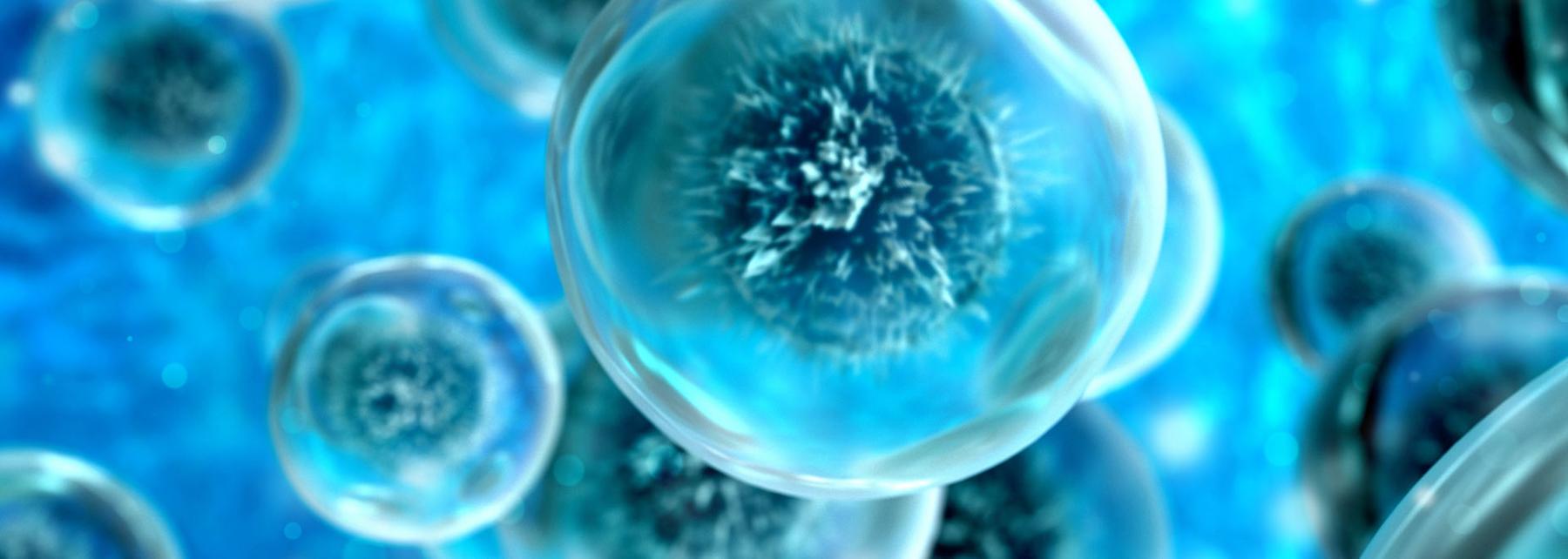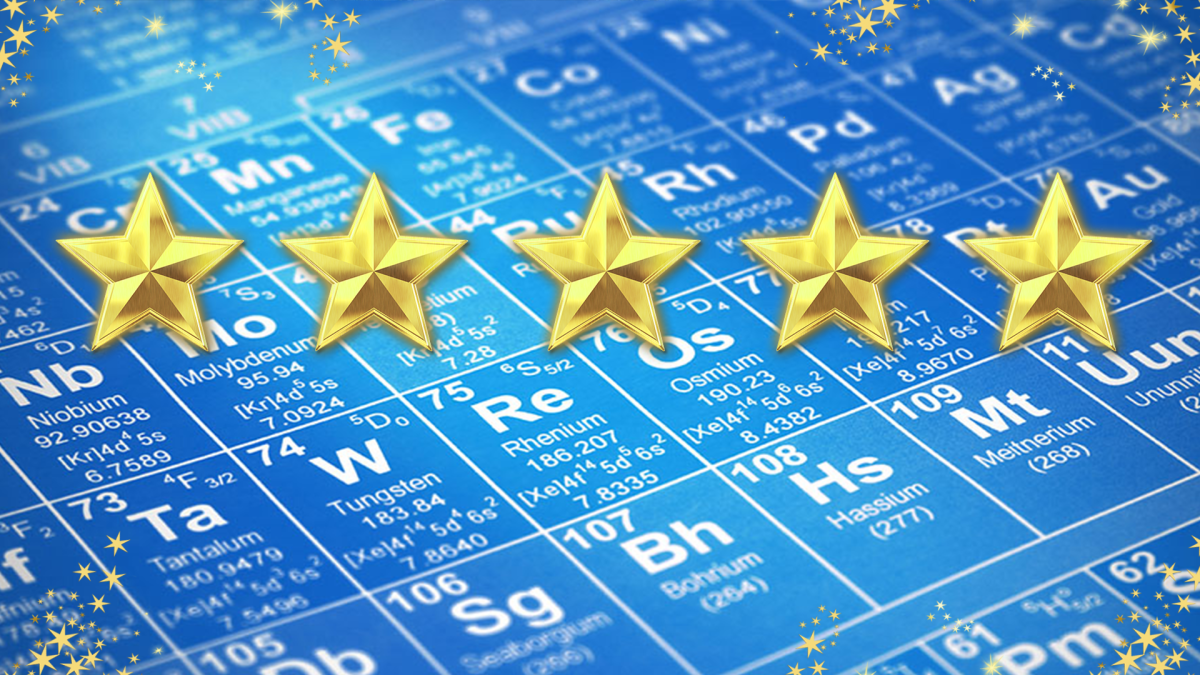
Cootie Catcher
by Angela Rico
This lesson is designed to allow students the experience to move from an additive understanding in mathematics to a multiplicative understanding through this activity called Cootie Catcher. The students play tag using a linear situation and then an exponential situation. The data is then used to create graphs and discuss the meaning. Students then research and learn more about viruses in order to design their own virus and develop an eradication plan. The only item needed to be purchased for this lesson is a set of stickers from Amazon but are not completely necessary. All other materials needed are included or substitutions can be used. This lesson takes 3-4 days to complete all activities.
Lesson Plan Link/URL
https://docs.google.com/presentation/d/11Q-j_Gd0twePoRwcfgT4gNpppuVLxiHW/edit?u…Subject Area
Science Life Science L2: Organisms & Energy Technology 6. Creative Communicator Engineering S4: Apply Science to Engineering Mathematics Expressions and Equations (EE) Functions (F) Number & Quantity (N) Algebra (A) English Language Arts (ELA) Reading (Informational Text) Writing Speaking & Listening
Featured
Off
Related Content

Grades:
9th Grade, 10th Grade, 11th Grade, 12th Grade
"A Solution to Plastic Pollution" – an engaging and hands-on lesson plan designed to empower students to address one of the most pressing environmental challenges of our time: plastic pollution. In

Grades:
9th Grade, 10th Grade, 11th Grade, 12th Grade
The first rule in the chemistry lab is “don’t eat or drink or lick anything in the lab”! This lesson breaks those rules and shows students how culinary is really a practical application of chemistry

Grades:
9th Grade, 10th Grade, 11th Grade, 12th Grade
In this lesson students evaluate the advantages and disadvantages of conventional, petroleum-based plastics, bioplastics, and their different varieties. The lesson is driven by class/group research